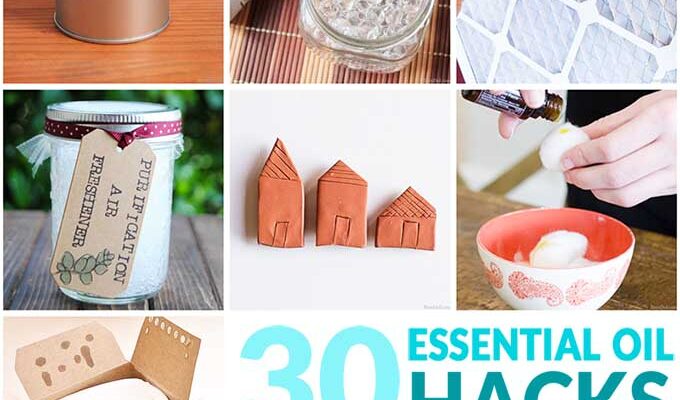Essential oils have been used for centuries to improve physical and emotional well-being. One of the most popular uses is scenting a room to create an alluring atmosphere. In this article, we will explore various methods to use essential oils to fill your space with delightful aromas.
Choosing Your Essential Oil
Selecting the right essential oil is crucial for creating the desired ambiance in your room. Some popular choices include:
- Lavender – A calming scent known for promoting relaxation and reducing stress.
- Peppermint – An invigorating aroma that can help boost energy and improve focus.
- Citrus – Lemon, orange, and grapefruit scents are uplifting and can inspire creativity.
- Eucalyptus – A refreshing fragrance often associated with promoting clear breathing and overall wellness.
- Rosemary – This earthy aroma can stimulate mental clarity and reduce fatigue.
It’s essential to opt for high-quality, pure essential oils to ensure they’re safe and effective for scenting your room. Also, consider blending two or more oils to create a unique fragrance that caters to your specific needs and preferences.
Using a Diffuser
One of the easiest and most common ways to disperse essential oils into the air is by using a diffuser. There are several types of diffusers available, including:
Ultrasonic Diffusers
This type utilizes ultrasonic vibrations to transform water and essential oils into a fine mist, thereby evenly dispersing the aroma throughout the room. Ultrasonic diffusers also double as a humidifier, adding moisture to the air. To use an ultrasonic diffuser, simply follow these steps:
- Fill the water reservoir with clean, room temperature water.
- Add your desired essential oil(s) – generally, about 3 to 5 drops per 100ml of water.
- Turn on the diffuser and enjoy the fragrant mist filling your space.
Nebulizing Diffusers
A nebulizing diffuser uses pressurized air to turn essential oils into a fine mist without the need for water. This type delivers a more concentrated aroma compared to ultrasonic diffusers. To use a nebulizing diffuser:
- Attach the essential oil bottle directly to the diffuser or pour the oil into the glass reservoir.
- Switch on the diffuser and adjust the settings according to your preference.
Creating a Room Spray
An alternative method for scenting a room is using an essential oil spray. This easy DIY option allows you to control the intensity of the scent and target specific areas in your room. Here’s how to make your own:
- Combine distilled water, witch hazel, or rubbing alcohol with your chosen essential oils in a spray bottle.
- Shake well before each use and spritz around your room as needed.
Note: Be cautious when using essential oil sprays around pets and children, as some oils may be harmful if ingested or applied to the skin.
Using Terracotta or Clay Diffusers
If you prefer a more passive method for scenting your room, consider using a terracotta or clay diffuser. These porous materials absorb the essential oil and release it slowly into the air. They come in various forms, such as disks, pendants, or figurines.
To use a terracotta or clay diffuser, follow these steps:
- Place a few drops of your chosen essential oil onto the diffuser’s surface, allowing it to be absorbed by the material.
- Hang or place the diffuser in your desired location.
- Reapply essential oil as needed, typically every few days.
Adding Essential Oils to Your Furnace Filter
You can also incorporate essential oils into your home’s heating and cooling system by applying them directly to your furnace filter. This method is especially useful during the colder months when windows are closed, and indoor air circulation is limited. To do this:
- Turn off your HVAC system before handling the filter.
- Add several drops of your preferred essential oil to the furnace filter – avoid using too much, as it may create a strong scent or clog the filter.
- Turn the HVAC system back on and let the fragrance circulate throughout your home.
In summary, there are numerous ways to use essential oils for room scenting, each with its unique set of benefits. Whether you prefer an active approach like using a diffuser or a more passive method like terracotta diffusers, rest assured that your home will smell inviting and fresh!




Comments